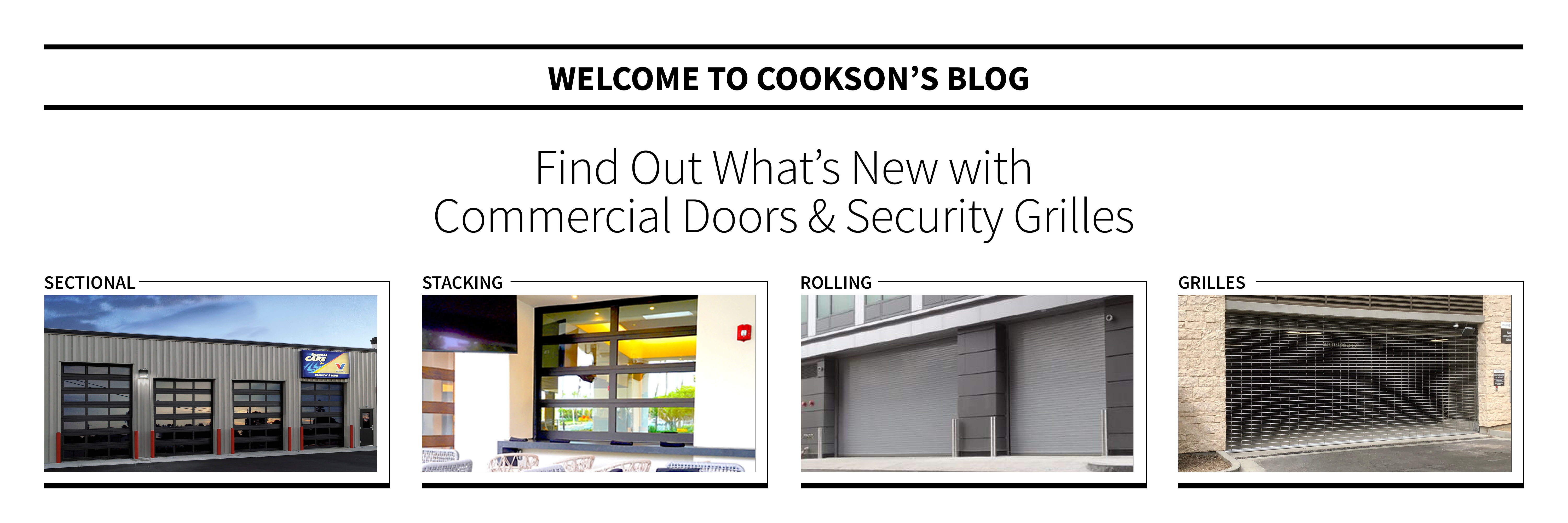

Cookson Blog
Welcome to the Cookson Blog! - Roll Up Door and Security Grille news - What's New?
SUBSCRIBE
Get updates on new blog posts to your inbox!
Prime Your Roller Door Springs This Spring | Cookson Door
Understanding the role that springs play in your rolling door's operation is essential for choosing the most beneficial product for your application. Many people believe that the quality of the springs dictates a door's cycle life. After all, springs can wear out or break over time, requiring periodic adjustment or replacement.

In reality, rolling doors without springs — also called springless — set the standard for performance, especially for high-traffic, high-cycle applications.
Let’s review the basics of both options.
How do rolling doors with springs work?
Rolling security doors have springs to help lift them, especially since large doors can be heavy, exceeding 800 pounds or more. The springs are located inside the barrel in the headroom. They use a counterbalance spring system, where the spring is wound from one side to tighten it inside the barrel.
As a person lifts the door, the spring unwinds to provide the counterbalance necessary to open the door. As the door is closed, the spring is rewound and ready for the next door cycle.
As for the springs themselves, there are a few parts you should be familiar with:
- Spring: The torsion spring that goes inside the barrel.
- Barrel: A steel pipe that contains the torsion spring.
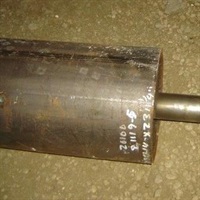
- Brackets: The flat, square-shaped steel plates that support the barrel and curtain.
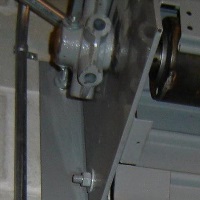
- Adjusting wheels: Wheels that apply tension to the spring and are pinned to the bracket to hold the pressure.
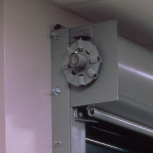
Most commercial rolling doors with springs utilize torsion springs to control the up and down movement. The most significant challenge surrounding these springs is that they can wear out or break. Monitoring the performance of the door's springs is essential for operator safety and knowing whether the spring requires replacement or an adjustment.
For particularly heavy doors, a duplex spring may be required to lift them. This means there will be two springs within the barrel, one inside the other. Duplex springs may also be used when the springs needed to lift the door are too long for the headroom area above the door.
How are springs for rolling doors chosen?
Springs are calculated for inch-pounds per turn (IPPT) and the door cycle life by the manufacturer. Depending on the door’s lifecycle, the diameter of the spring’s wire, the diameter of the spring’s coil, and the spring’s length will be adjusted. The higher the number of cycles, the larger the wire and the longer the length.
Note here that the spring size can affect the door’s headroom.
The springs are matched to the rolling door you choose for your application, including the number of cycles it will see in its lifetime. Many rolling doors come with 50,000 cycles. Higher cycle options such as 100,000, 300,000, 500,000, and more are available for applications such as parking garages, where a door or grille could see upwards of 20 cycles or more a day.
While some applications are ideal for rolling doors with springs, limitations exist. If the springs required to lift the door are too large for the headroom, or the door’s cycles exceed the recommended cycle for spring doors, it’s time to move to a springless rolling door.
How do I know if my springs are broken?
Many times, it can be difficult to tell if your springs are broken. In rolling security doors, the springs are located inside the barrel and obscured from view. A telltale sign to schedule an appointment with your door technician can be an overheating motor operator. Since the operator is working twice as hard to cycle the door without the assistance of springs in a spring door, it may overheat or wear out faster than usual.
Another way to determine if your springs may be broken is difficulty with manual operation. If the door can’t be opened or closed with the hand chain and you don’t feel resistance or tension, this can also be a sign of one or more broken springs.
There are other times when signs of a broken spring are nowhere to be found. To confirm any security rolling door issue, including broken springs, contact your door technician or manufacturer.
How do springless rolling doors work?
Springless rolling doors function like rolling doors with springs — they can cycle open and closed through manual or motor operation. However, instead of springs providing a counterbalance to lift and lower the door, the motor takes on the challenge.
Because it would prove challenging to get a large enough spring in the barrel to handle a heavy door and a significant amount of cycles, it’s easier to eliminate the need for them and transfer duties to a motor operator. Understandably, this means the horsepower of the motor operator will be higher, allowing it to lift the door.
Rolling doors with springs vs. springless designs
Determining whether a door with springs or a springless design is better truly depends on the application. In a warehouse where deliveries are scheduled for once in the morning and once in the evening, a rolling door with springs would work well. Most closures have spring doors because the use case isn’t higher than 50,000 cycles.

For more complex applications like a parking garage for an apartment building with over 150 tenants, the need increases for higher door cycles and a springless rolling door. The key is to know what kind of door you need, and then manufacturers like us can help you take care of the rest.
If your cycle requirements surpass the recommendation for a rolling door with torsion springs, a springless design is a good option. Despite the increased upfront cost, these doors pay themselves off quickly because they eliminate the frequent need for spring adjustment or replacement.
Other benefits of choosing a springless design for high-cycle applications include:
- Eliminate the need for a counterbalance
- Minimize maintenance requirements
- Increase cycle life
- Enhance control options
- Improve operating speeds
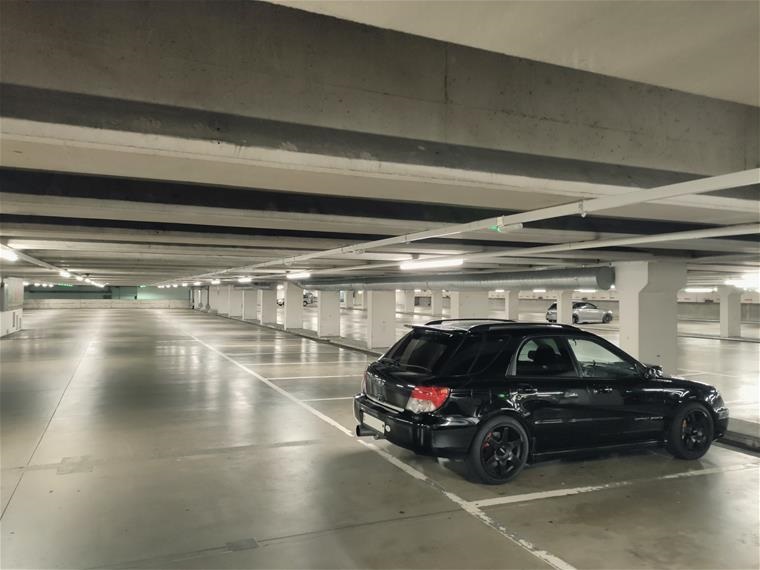
At Cookson, we offer one of the market's highest-performing springless doors with the Extreme® 300 Series. We design and manufacture these doors to maximize uptime and efficiency, including the ability to deliver up to 300,000 maintenance-free cycles outside of daily inspections. With an innovative springless design, you receive a high-performing rolling door that operates smoothly and reliably up to 24 inches per second.
Discover more with Cookson
We go beyond most rolling door manufacturers by helping you find solutions to your most pressing challenges. If you want to learn more about which rolling door design most benefits you, our Architectural Design Support Team can help. We offer custom-built solutions for nearly any opening in a commercial facility.
Contact us online today with questions or to request additional information.





